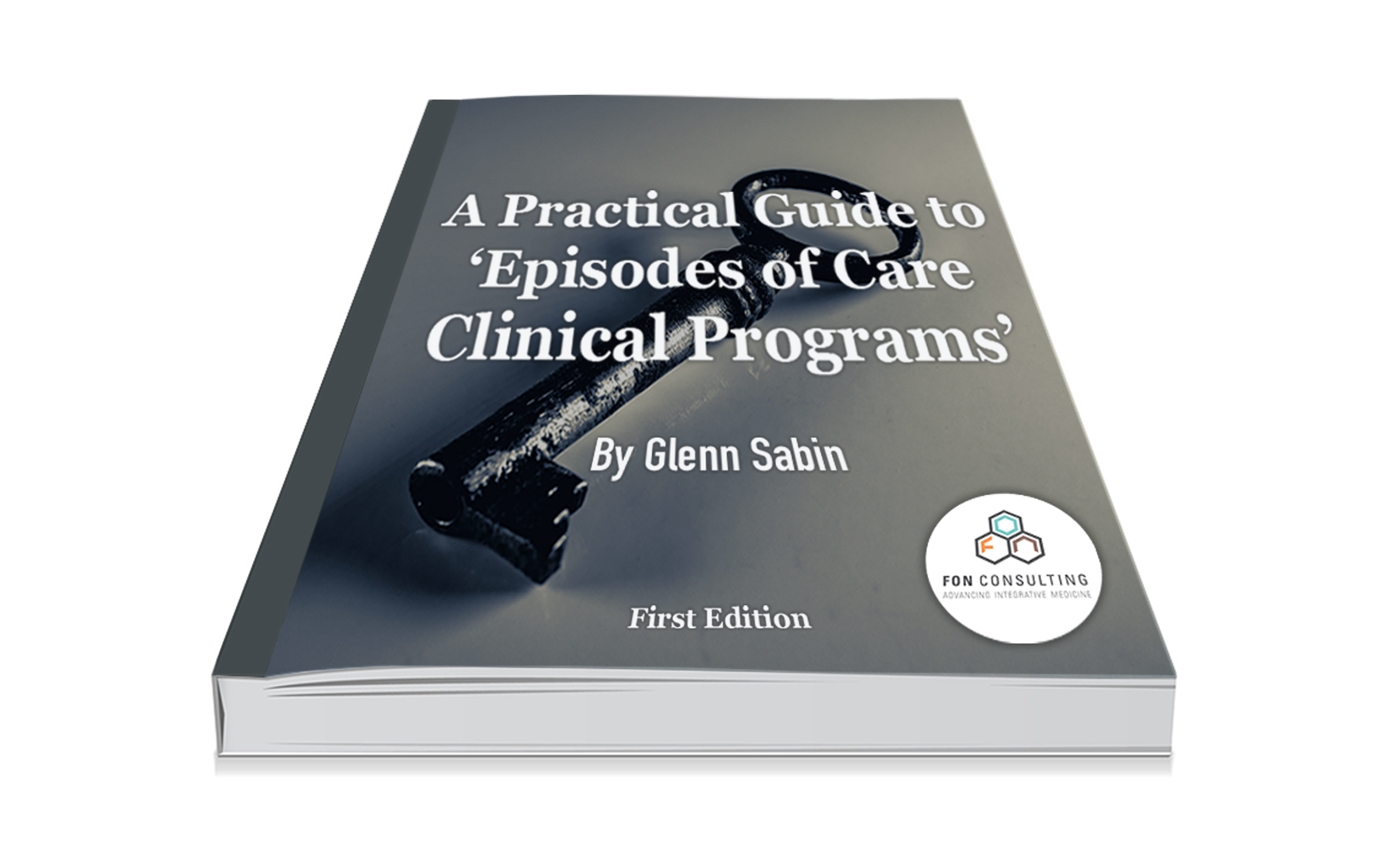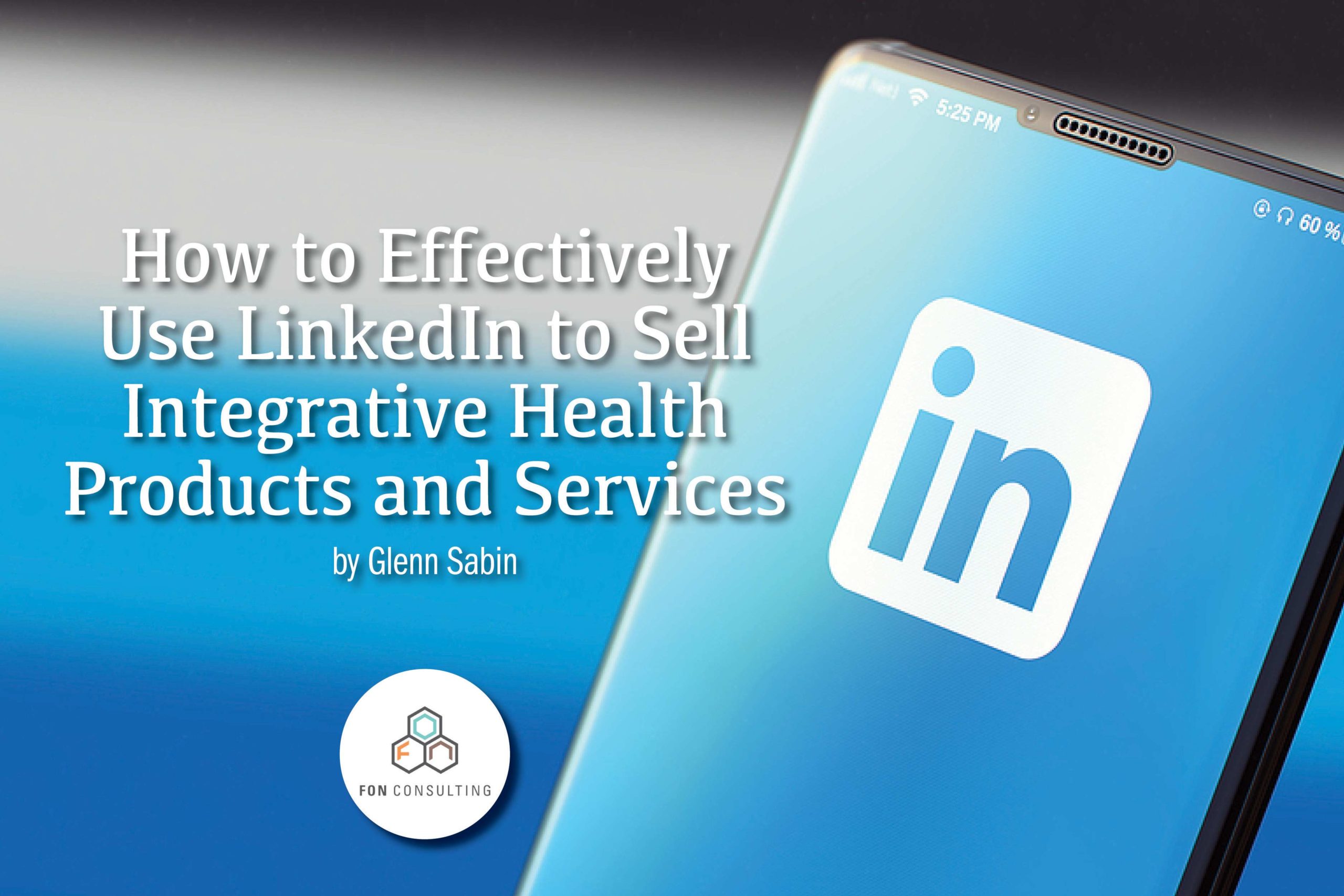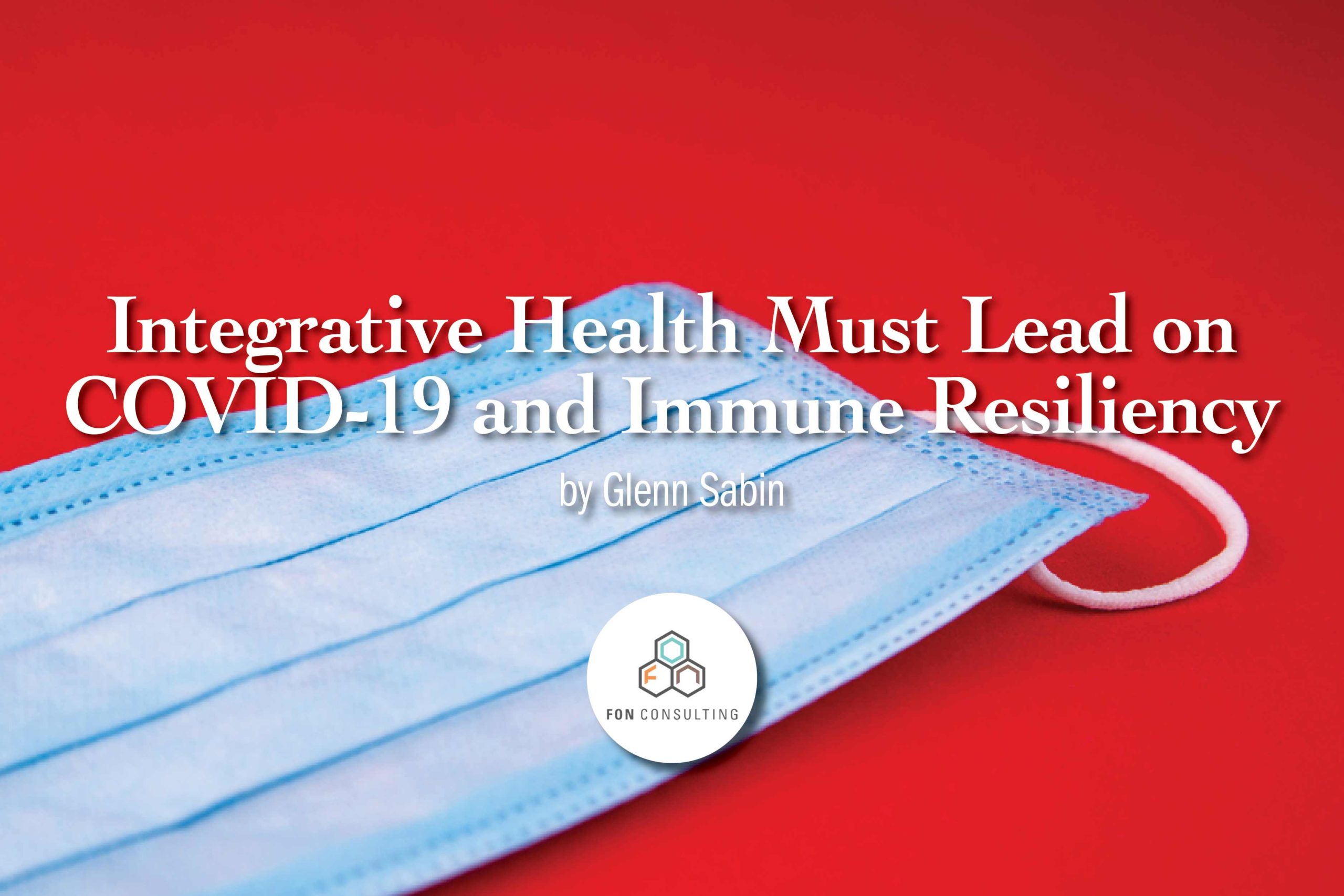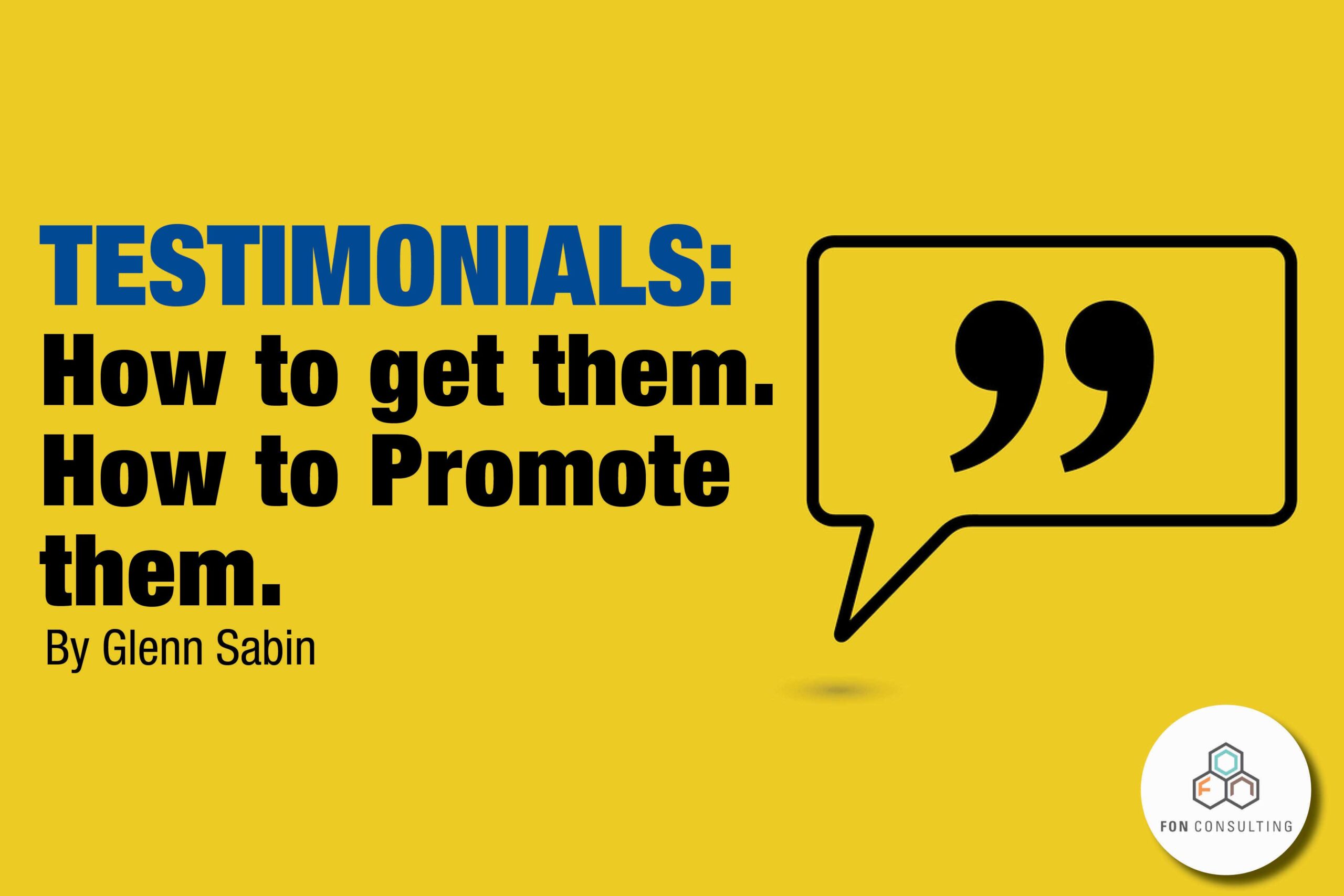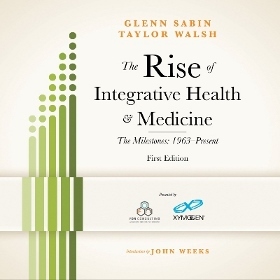Guide to Using Video to Grow your Integrative Medicine Practice
By Glenn Sabin
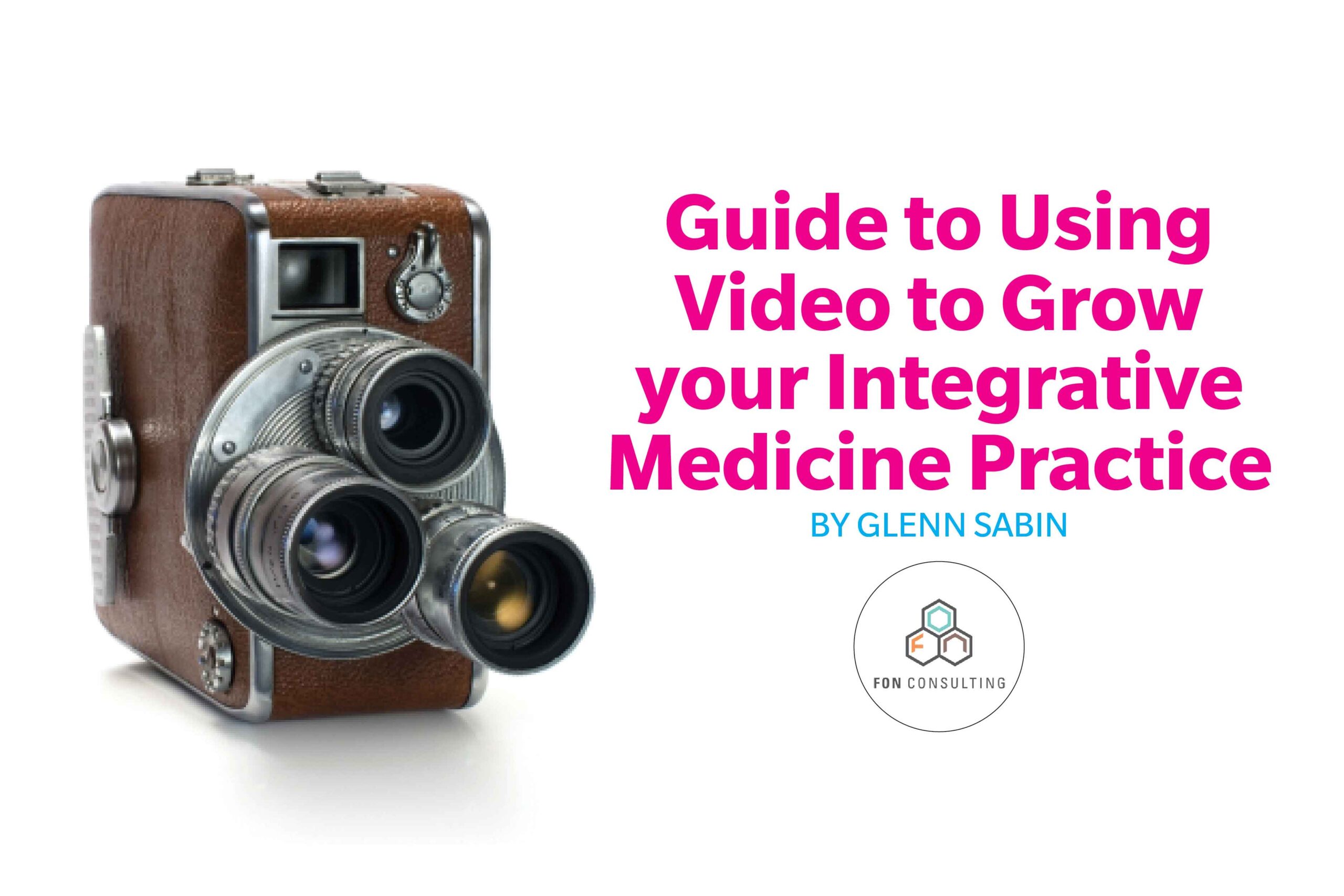
Consumers are looking for useful, relevant information about their medical conditions. In fact, 80 percent of Internet users, or about 93 million Americans, have searched for a health-related topic online. However, not everyone has time to spend hours poring through lots of content to gain subject matter knowledge.
This is why the trend in video consumption is growing exponentially. Let’s take a look.
Why video?
Gaining Attention from Health Consumers is Challenging
Folks are rushed, stressed and stretched thin more than ever. With so many content choices and channels to choose from, many health consumers are looking for “snack-able” content, not tomes.
Creating quality content and delivering it in a format that your customers (aka patients) and prospects prefer to consume their media is imperative. For many, that preferred format is now video.
A 2-3 minute video can be absorbed and processed quickly. When well executed it’s the equivalent of an infographic in that it does not take much time to grasp and digest the content.
Important Video Facts
- Consumers find online video 38% more memorable, in terms of recall, than ads on traditional television
- Online video delivers 10X the response rate compared to static text and graphics
- Affluent consumers—the target integrative healthcare consumer—prefer video and search to other digital advertising formats
- Click-thru rates increase by 96% when video is embedded in e-newsletters
- YouTube is not the only video download site, but with 800 million unique monthly users it is HUGE! It’s also the world’s second biggest search engine, right behind its parent company, Google
Google and Other Major Search Engines Highly Reward Video Content
Video now appears in 70% of the top 100 Google search results and is clearly a core focus of the search giant’s secret algorithm. Optimized video stands a 53X greater chance of ranking on the first results page than does a textual page.
Getting Started: Video Creation Needn’t be Expensive Nor Overly Technical
The shifting focus from super high quality filming processes to quality content (over technical prowess) has been profound. Gone are the days when folks upload only the most sophisticated and polished videos. Health consumers aren’t looking for polish; they’re looking for specific informative content, delivered with concision from a trustworthy authority.
Lights, Camera … Action!
Got a high-definition video camera, Flip camera or smart phone? You’re halfway there. Invest a few hundred dollars on a decent tripod, lavaliere microphone, basic lighting and whiteboard or teleprompter app for your tablet, and you’re ready for “action”.
Don’t Confuse Highly Polished Media with Quality Content
Don’t misunderstand me. You are a professional integrative health practice or center. Your primary target is health consumers. So it’s important that your videos look and sound terrific and provide an even flow of relevant quality information on your chosen topic. There is a lot of amateur, sophomoric dreck on YouTube, Vimeo and smaller video channels. This is obviously not the creative direction you’re after. The delivery of authentic, quality content trumps technical flair every time.
The beauty of video is it’s now fairly easy to do simple editing and to include text. There’s iMovie for Macs and a number of free, low-cost and intuitive software products available for PCs. Have a teenage kid taking high school video production? You are golden!
Enjoying this article? Subscribe and get our latest, delivered straight to your inbox.
Consistently Apply Brand Identity
Include your organization’s brand identity in each video and consistently apply your logo placement, typographical treatment and color palette used for textual information—i.e., titles and contact information.
Highlight Your Expertise and Credentials
Some videos are created by “integrative” or “alternative” practitioners of dubious credentialing speaking on topics outside their scope of expertise. There are plenty of charlatans marketing products and services behind videos, especially in the natural medicine field.
Your videos will be viewed from your website, but will most probably be hosted on YouTube or Vimeo, and shared on social networks. When setting up your account “channel”, make sure to include a few descriptive sentences about yourself: your career, credentialing, interests and passions; or focus on your practice, center or institution. Always take the opportunity to position yourself (and brand) as a credentialed authority that engenders trust.
Types of Content
Good content of any kind typically serves two purposes: to either entertain or inform. Great content often achieves both.
There are two basic types of video content—I refer to them in this post as “static” and “fluid”.
Static Video Content
Static video content is similar to the content on your homepage and main sections (e.g., About Us, Services, Conditions Treated) of your website that rarely change. It’s your main introduction that tells folks who you are, what you do and how you can help.
I strongly recommend placing a high quality, polished video on your homepage. Video is a lot more effective than most of the animated slideshows many sites feature at the top of their homepage. You know the slideshows I’m talking about—the ones that cycle to the next frame before you can even read the text, let alone click on them.
Instead of the fancy slideshow consider creating a high definition video that tells your brand story—and, importantly, your brand promise. (note: the elegant treatment of your areas of clinical expertise can be better handled numerous other ways.)
Take a look at this example on FON’s homepage. You will notice that this same video consistently appears in the same location on almost every page of the site. However, it is not set to play automatically whenever someone visits the page. Many find this quite annoying—so don’t do it!
Though I wrote and helped storyboard FON’s high definition animated video, it was produced by a leading digital agency. It is geared to practices and centers (businesses) like yours, not to consumers. Your homepage “static” video should not be animated. In fact, animation is the last thing you need. Prospective customers need to hear and see live people to get an authentic feel for your clinic’s brand story.
Fluid Video Content
Fluid video content comprises consistently delivered relevant content that educates and informs your prospects. Importantly, this content will be a key driver of search engine traffic to your website. Think of fluid video content like your blog—the art of consistently creating fresh posts to inform and engage established and prospective customers.
Creating Static “Introduction” Video Content
A do-it-yourself in-house one camera-angle session with a Flip Camera or your Android phone will simply not be good enough for this important video. You will need to engage a local professional to help produce your static brand story video. Here’s what you’re looking for:
- 2-3 minutes in length max shot in high definition
- Professional lighting
- Multiple camera angles
- Background music is optional—keep it low in volume and tasteful
- Solid “story” outline, which, depending on your unique practice, might include:
- Welcome/introduction from the medical director or lead practitioner
Your name and why you created your clinic/center (your mission!)
- Welcome/introduction from the medical director or lead practitioner
Then segue from video “subject” to video “narrator” as you tell your practice’s story.
- Capture the physical aesthetic of your clinic or center—if your space shines, show it off! Focus on well-lit inviting areas such as your reception room and smiling or otherwise happy patient-engaged receptionist; if outside of building contains signage and is otherwise suitable to film, consider including.
- Mention the core conditions your center treats and make sure to include various practitioners, interventions and, importantly, patient interaction.
- If your clinic provides nutritional support, acupuncture, massage, educational programs, yoga, be sure to capture the energy and activity in your practice. But make sure to get written permission from patients to use their likeness in your video.
- Consider mixing in attractive still photographs where appropriate.
- Call to action: End with the camera back on the medical director or lead practitioner (the narrator) asking your viewers to take action, i.e., call for more details or to schedule an appointment; tour the center and meet the staff; or download a free piece of useful content.
Creating Fluid Video Content
If you are a solo practitioner, then perhaps the breadth of areas covered will be somewhat limited compared to centers featuring a half dozen or more types of providers. However, a more limited range does enable you to go much deeper over time (with multiple videos) into particular areas of your expertise.
Here are just a handful of ideas.
- 4 Tenets of Lifestyle Medicine
- Top 10 Powerhouse Vegetables
- How Mindfulness-Based Stress Reduction Changes Brain Chemistry
- 12 Types of Fruit and vegetables you Should Buy Organic or Leave on the Shelf
- Health Benefits of Proper Hydration
- Top 5 Nutritional Supplements—What the Evidence Says
- What Causes Hormone Imbalance?
- Reestablishing Hormonal Balance
- Understanding and Recognizing Toxicity
- How to Detoxify Safely and Effectively
- New Clinical Solutions to Manage Pain (multi-part series covering various types of pain)
- Discovering underlying causes of X (choose disease category; discuss evaluation process)
- Non-drug approaches to treating Y (choose disease category; discuss general clinical approach to treatment)
- Understanding the Role of Supplementation: Why and When they are Needed
Many of the above topics can easily be broken down to multiple 2-3 minute segments as part of an ongoing video series. No matter how small your practice—even if you are a solo practitioner—once you get going there are endless interesting topics for which you and your team are well-qualified to discuss.
Video is terrific for sharing patient testimonials and off-camera practitioner interviews. Your customers are very interested in learning about their general approach to care or why they practice integrative healthcare. The content opportunities really are infinite.
Getting Organized: Editorial and Production Calendar
The best way to capture all of your content ideas—and not just video content—is in a simple spreadsheet. The spreadsheet becomes your editorial and production calendar, and can be organized by content type, topic(s), production deadlines, etc. If multiple people contribute to the development and maintenance of the calendar, you can place in the cloud and encourage folks to update it accordingly, in real time.
Enjoying this article? Subscribe and get our latest, delivered straight to your inbox.
Distribution and Promotion = Getting Your Videos Watched!
Just like building an email list or social platform of followers and fans, getting your videos watched takes time. It’s a long-term investment where consistency, diligence and patience will be rewarded. Follow these basics to start:
SEO: Optimize Titles, Tags and Keywords
Choose engaging titles that relate to your video’s content. Describe your video and make sure to include a few or more keywords—including those in your title—to clearly define the content. Use tags, just like you would for your blog, again highlighting keywords used in both your title and description. YouTube includes social sharing, but there are more options to consider, such as subtitles to increase accessibility. Make sure to include your organization’s mission statement and a link to your website.
Social Sharing
Following is a short list of social networks to consider sharing your video(s):
- Your email newsletter!
- YouTube and Vimeo
- Your website (Not a social network, per se, but key to include; you could also tie your videos to short posts or simply transcribe and repurpose the video content and offer the text as companion content.)
- Stumbleupon
- Digg
- Del.icio.us
Key Takeaways
- Consumer consumption of video is huge and growing exponentially
- Short videos are better than longer ones
- Your brand story—the static introductory video to your organization—should be highly polished and professionally created; done right, it should stand the test of time
- Your “fluid” video content does not have to be recorded by outside professionals
- There are endless options for effectively reinforcing your brand story and ethos with consistent “fluid” content, as every practice, clinic and center is unique
- Video is an incredibly powerful medium because it is emotional, personal and engaging, so…
- Get going!!
About FON
FON is a leading integrative health and medicine business development and strategy consulting firm. FON specializes in custom solutions for growing patient volume, developing programs, and increasing product sales. Our practical business models are driven by innovative marketing, clear messaging, and customer engagement via branded storytelling.
Contact us today to schedule a complimentary 30-minute consultation to discuss your business development or personal brand needs.

Read Glenn’s story.












